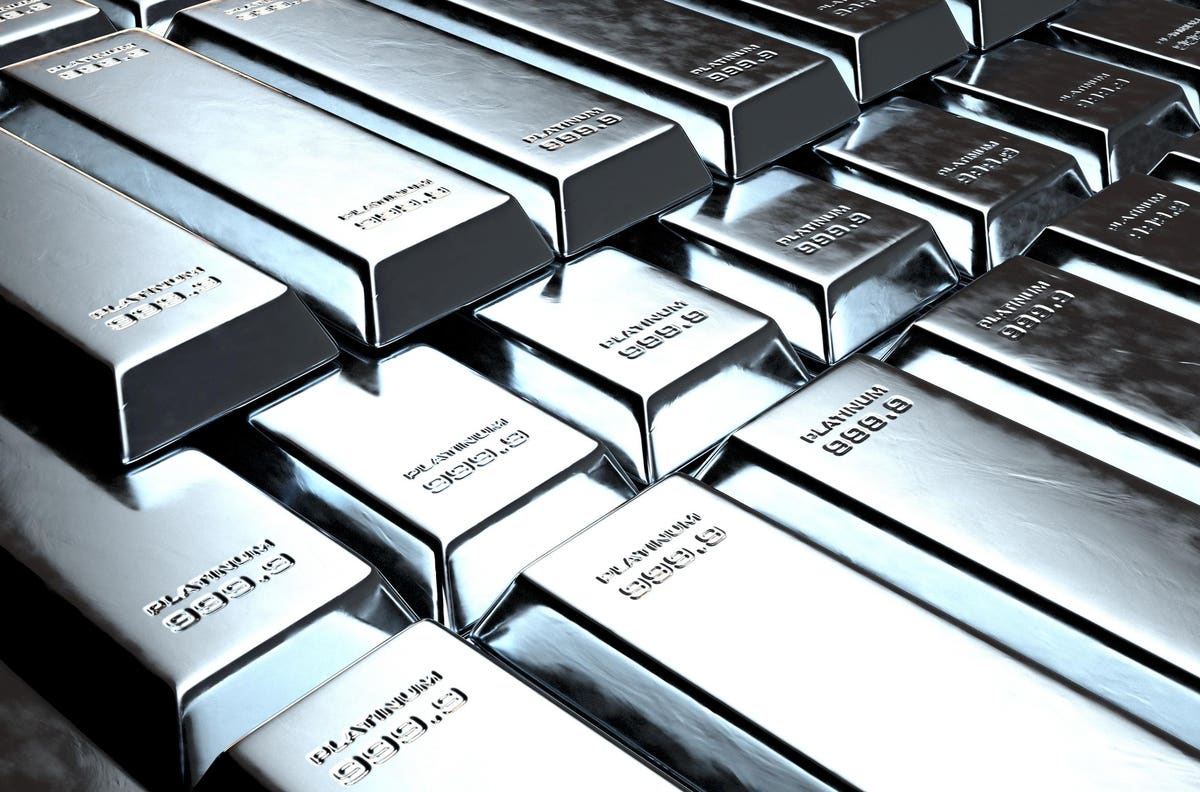Gold is not just a commodity, it is an idea. It is an idea that goes back to the beginning of history when our ancestors found a weird, yellow, malleable stone in the bottom of their rivers and were able to collect it and make shiny baubles with it. There were reasonable amounts of it up until a few years BC, but as quickly as it was extracted it tended to be lost back into the ground. The constant discovery of treasure attests to how much was lost in those early years and it can still be acquired at costs with little premium to the gold content should you want to pick up a Celtic Stater or two.
Today gold keeps its audience enthralled and many hanker for and believe it inevitable that gold will regain the throne of money and that paper money will be replaced with gold, as gold is, in their minds, the only money.
There is only one reason countries hoard gold and that is not because they really believe it is money, it is because like a tank, it is one of the few currencies in war. In short, gold is for war. Gold is the best commodity for trade in war because of its density. Nonetheless it is just that, a commodity. Its value is driven like any other commodity by its supply and demand. Gold is valued in dollars not dollars valued in gold.
That aside, it has long been seen as a portfolio diversifier and few people who invest seriously have the kind of gold position generally said to be sensible, i.e. 2.5% of their holdings. If you are not a gold fan, there are reasons for this. It’s awkward and costly to own, it lacks the fun and volatility of stocks and it’s a niche full of wrinkles that cast doubt over what you have bought, where it is and what it’s worth. You can navigate all this but it’s not a click like grabbing a stock you just decided to buy.
However many reservations you might have about precious metals, it makes sense to have some and naturally gold is the one most think of first. Silver is another legacy monetary metal and also has an almost magical allure. It’s the volatile little brother of gold and it often has more ‘pop’ than gold when precious metals are in vogue.
Yet to me there is a standout in the precious metals space. It is one of those investment calls when all you must decide is, have you lost the plot or is there a very big investment opportunity to be grabbed?
So classically you think of the precious metals as gold, silver and platinum.
In a normal year there is 3,000 tonnes of gold mined and you can get an ounce for $1,950 as I write though you may pay a fat premium if you want to hold a 1o oz coin in your hand. So let’s look at platinum. It is $940 for a 1o oz coin and yet there is only 190 tonnes mined a year and perhaps only 5% the amount of platinum already extracted when compared to the 170,000 tonnes of gold spread around the necks, fingers, teeth, circuit boards and vaults of the world.
Anyone who believes that precious metals are the currency of the future or that they will become the backing for the global monetary system should immediately see that platinum is the wrong price. Meanwhile anyone who looks at the history of the price of platinum versus gold will note that platinum has historically been more expensive than gold. Now it is half price.
The reason for this is the shift in the automotive industry from the internal combustion engine, where platinum is used in catalytic converters, to electric vehicles which obviously do not have them.
The thing to focus on is the tiny size of the platinum footprint as a precious metal. In 2019 the platinum market was just shy of $7 billion dollars and a tiny sum in this world that now talks in trillions.
There is no rush, however; platinum is not going to rise overnight. As such it should be, like gold and silver, a small part of a diversified portfolio strategy where platinum is in the mix and has a more heavy weighting than you might normally consider.
Disclosure: I hold gold, silver and platinum as part of my portfolio diversification strategy.
Read the full article here



